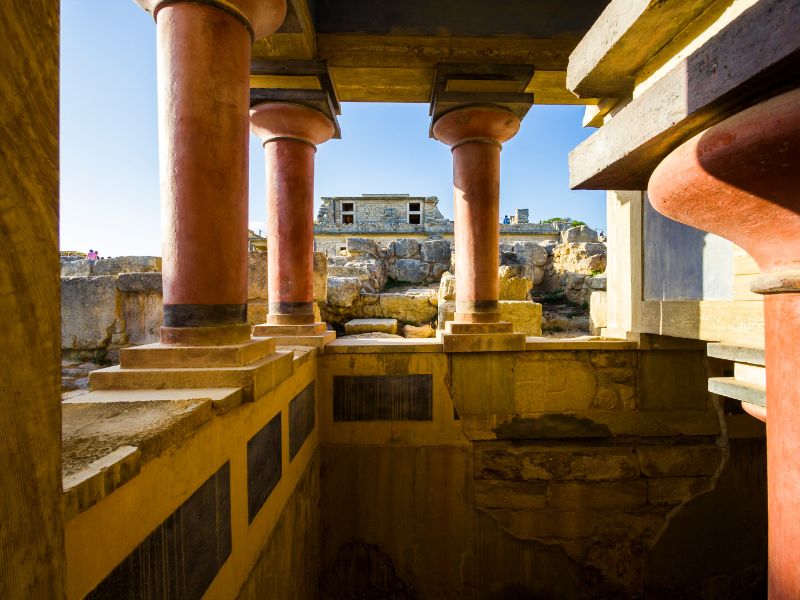
The Enduring Legacy of Minoan Culture: A Journey Through Myth, Religion, and Design
The ancient Minoan civilization, which flourished on the island of Crete over 3,000 years ago, has left an indelible mark on contemporary culture and design. From the myth of the Minotaur and the labyrinth to its forward-thinking feminist religion, Minoan culture has inspired artists, designers, and scholars for centuries.
In this article, we will explore the enduring legacy of Minoan culture and its impact on contemporary art and design. We will delve into the legend of the Minotaur and the labyrinth, Minoan religion’s celebration of feminism, and the influence of Minoan art and design on contemporary aesthetics.
By the end of this journey, we hope to highlight the significance of studying ancient cultures for cultural preservation and intercultural dialogue.
Table of Contents

The ancient Minoan civilization, which flourished on the island of Crete over 3,000 years ago, has left an indelible mark on contemporary culture and design. From the myth of the Minotaur and the labyrinth to its forward-thinking feminist religion, Minoan culture has inspired artists, designers, and scholars for centuries.
In this article, we will explore the enduring legacy of Minoan culture and its impact on contemporary art and design. We will delve into the legend of the Minotaur and the labyrinth, Minoan religion’s celebration of feminism, and the influence of Minoan art and design on contemporary aesthetics.
By the end of this journey, we hope to highlight the significance of studying ancient cultures for cultural preservation and intercultural dialogue.
The Legend of the Minotaur and the Labyrinth
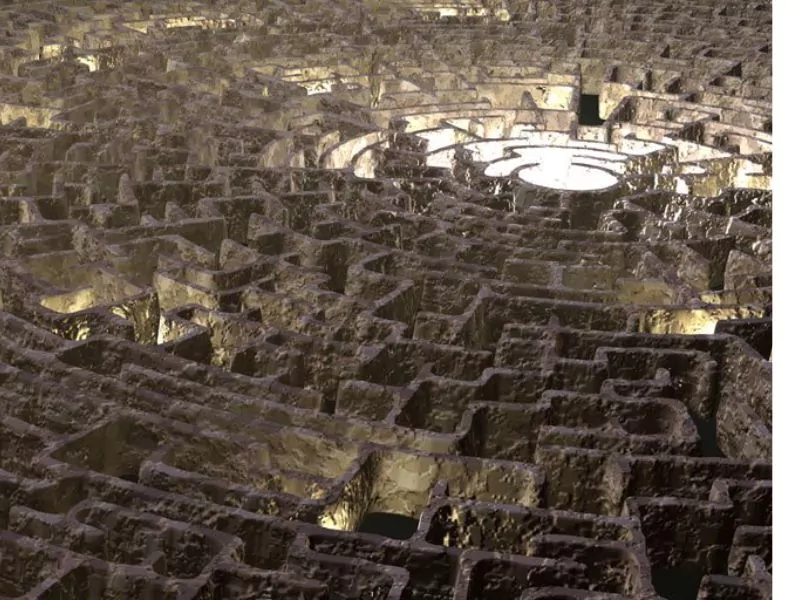
The Minoan civilization was known for its impressive architecture and sophisticated art, but perhaps its most famous legacy is connected to its mythology. The legend of the Minotaur, a half-man, half-bull creature that inhabited a maze-like structure called the labyrinth, has inspired countless interpretations in literature, art, and film.
The myth’s gruesome nature and symbolic depth continue to captivate modern audiences, reflecting our society’s values and fears. From Picasso to Neil Gaiman, contemporary artists have transformed the myth into their own vision, offering new perspectives on this ancient story.
Minoan Religion and Feminism
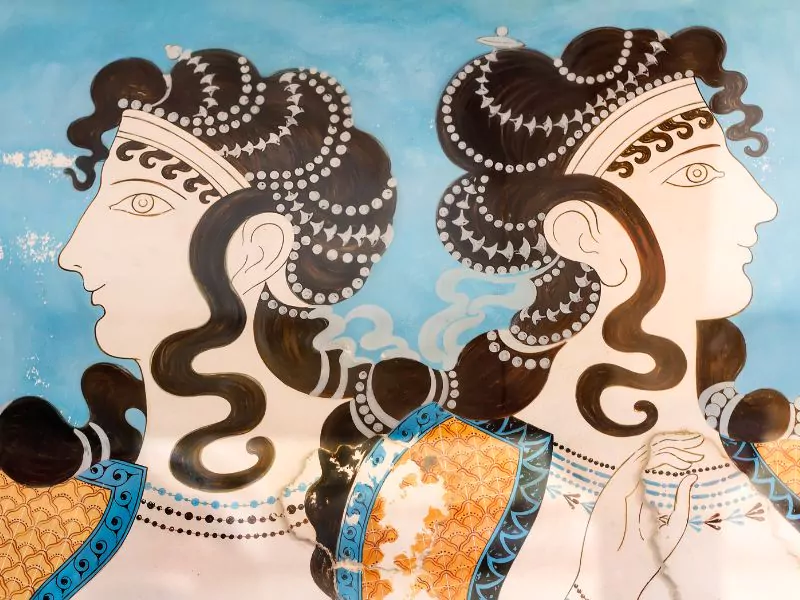
Minoan religion was unique in its celebration of the divine feminine and the active involvement of women in religious practices. Its pantheon included powerful goddesses such as the earth mother goddess, who represents fertility and birth, and the snake goddess, who symbolizes wisdom, transformation, and renewal. Minoan religious rituals centered around dance, song, and offerings to the goddesses, and women played a prominent role in these activities.
The diversity and complexity of Minoan religious practices go beyond the typical stereotypes associated with ancient societies. In Minoan culture, women held high positions of power and authority, unlike other civilizations where women were often relegated to subservient roles. Women performed as priestesses, healers, and artists and played a critical role in the overall governance of the civilization. The Minoan society’s extreme focus on the divine feminine was a stark contrast to the patriarchal structures common in other ancient civilizations.
The study of Minoan religion has influenced modern-day feminism by drawing attention to the significant role women played in this ancient society. The progressive notion of gender equality directly influenced feminist thought, and recognizing the significance of women’s participation in all spheres of life became a key tenet of modern-day feminism. Additionally, the spiritual practices of Minoan religion, which centered around embracing the divine feminine principle in all aspects of life, have been seen as a precursor to the modern-day spiritual movement focused on recognizing and embracing the divine feminine.
Minoan Art and Design
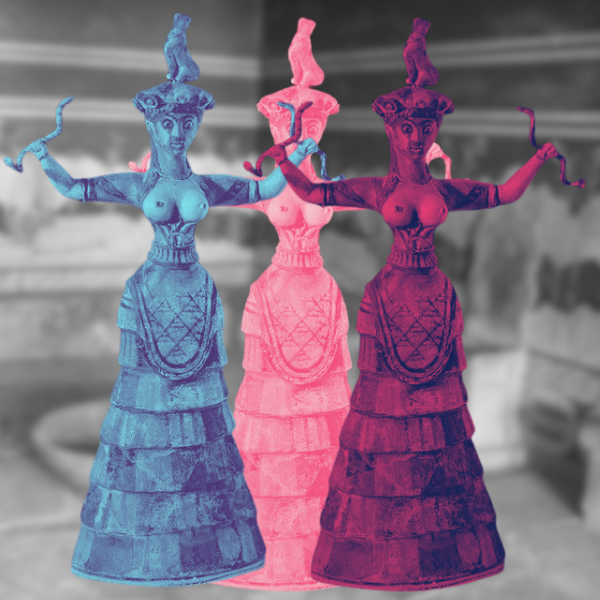
Minoan art and design are renowned for their unique features that distinguish them from other ancient civilizations’ artworks. Their uses of vibrant colors, flowing lines, and intricate patterns set them apart, reflecting the Minoan people’s dedication to artistic expression. Their art is famous for depicting nature-inspired images, such as sea creatures, flowers, and birds that pay homage to their admiration for the natural world.
Minoan frescoes, found on the walls of various palaces, showcase the civilization’s exceptional talent for capturing movement and fluidity. These wall paintings utilize a technique called the wet fresco, where the artist applies a plaster coat on the wall before it dries. The design was then applied on the still-wet plaster, creating a lasting and vibrant image. Most Minoan frescoes were painted in a lively and inviting style, giving images of colorful landscapes, people, and animal life.
One of the most significant impacts of Minoan art and design is their influence on contemporary art and design. They have inspired artists and designers throughout history and continue to do so to this day. For instance, the Art Nouveau movement in the early 20th century drew heavily on Minoan motifs, inspiring many artists and designers of the period. The celebration of natural forms and the use of flowing lines and vibrant colors reflect the Minoan artistic tradition’s influence.
Minoan art’s unique style has also left a lasting impact on Mediterranean culture, adding to its sense of cultural identity and distinctiveness. This legacy has created many contemporary art forms, from abstract painting to modern architecture, all featuring Minoan influences.
For instance, the modern-day design of the Minoan Palace in Knossos and Santorini incorporates Minoan motifs and designs into its aesthetic. The integration of the Minoan myth of the Minotaur and the labyrinth into interior design reflects the civilization’s profound influence on contemporary design and aesthetics.
Minoan art continues to inspire contemporary artists, and their styles and designs have left an indelible impression on contemporary art and design movements.
V. The Significance of Studying Minoan Culture
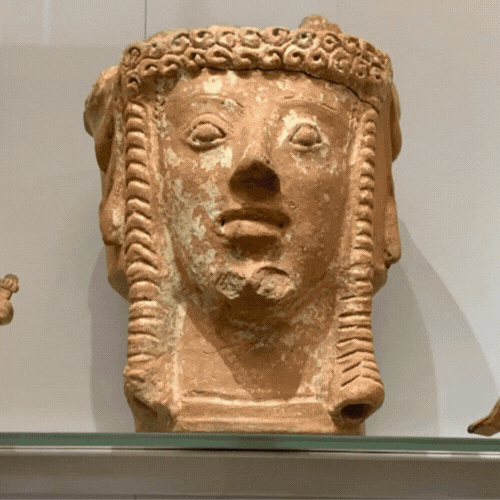
Studying Minoan culture and history helps us better understand the impact of ancient civilizations on contemporary culture. Their innovative religious practices, forward-thinking feminist principles, and revolutionary artistic expression have provided a rich tapestry of inspiration upon which modern-day art and design are built.
Recognizing the diversity and complexity of Minoan society can lead to a deeper appreciation of other ancient societies’ unique traits and cultural contributions. Studying Minoan Culture also provides a broader context for cultural preservation and intercultural dialogue, fostering a more enlightened understanding of our shared history and cultural heritage.
We are inspired by their artistic achievements, their forward-looking feminist principles, and their respect for the natural world. Their legacy continues to inspire modern culture, and their impact serves as a testament to the significance of ancient civilizations in our present-day world. We should continue to study ancient cultures to better appreciate their contributions to our modern world and to learn ways to preserve their knowledge for future generations.




